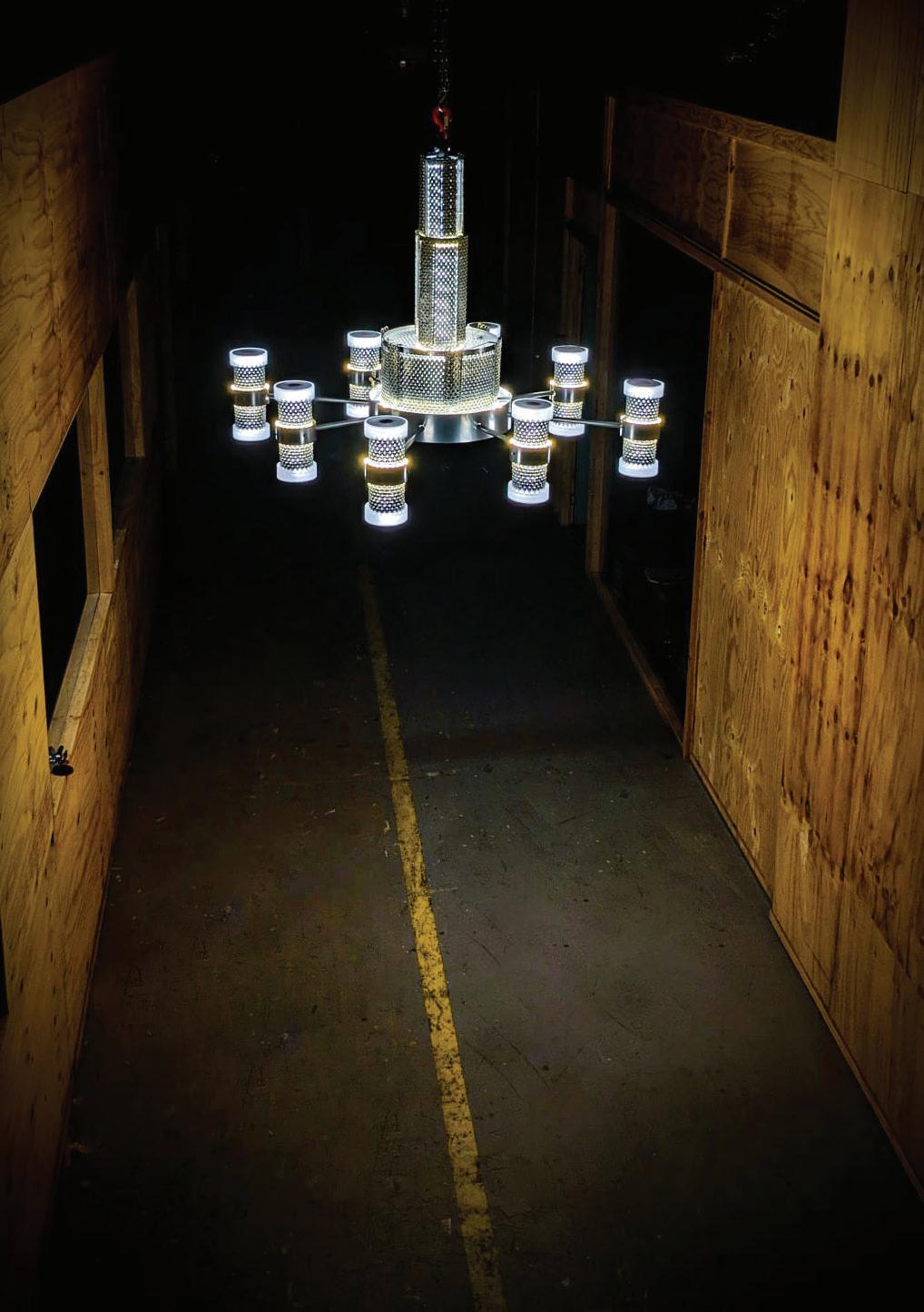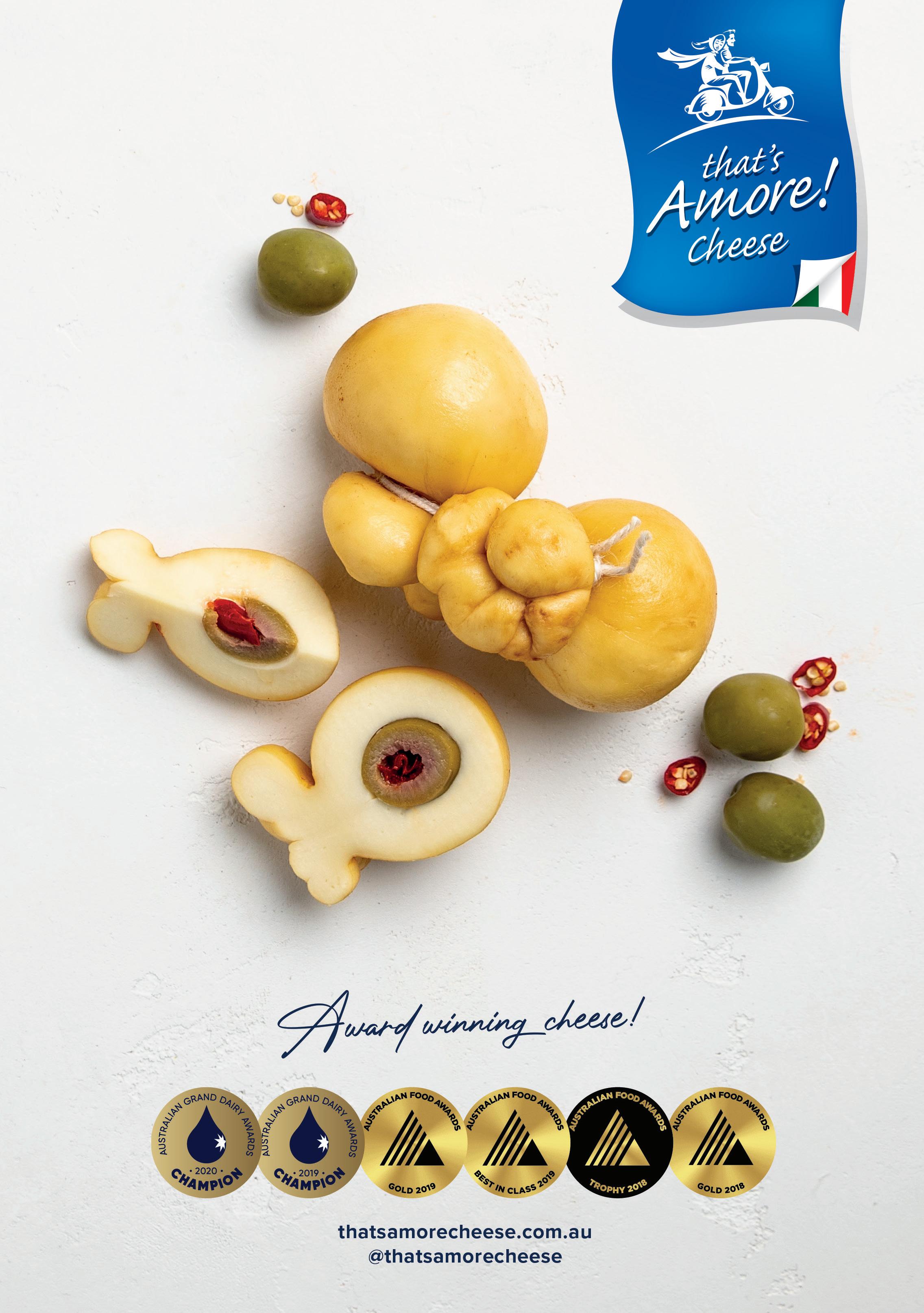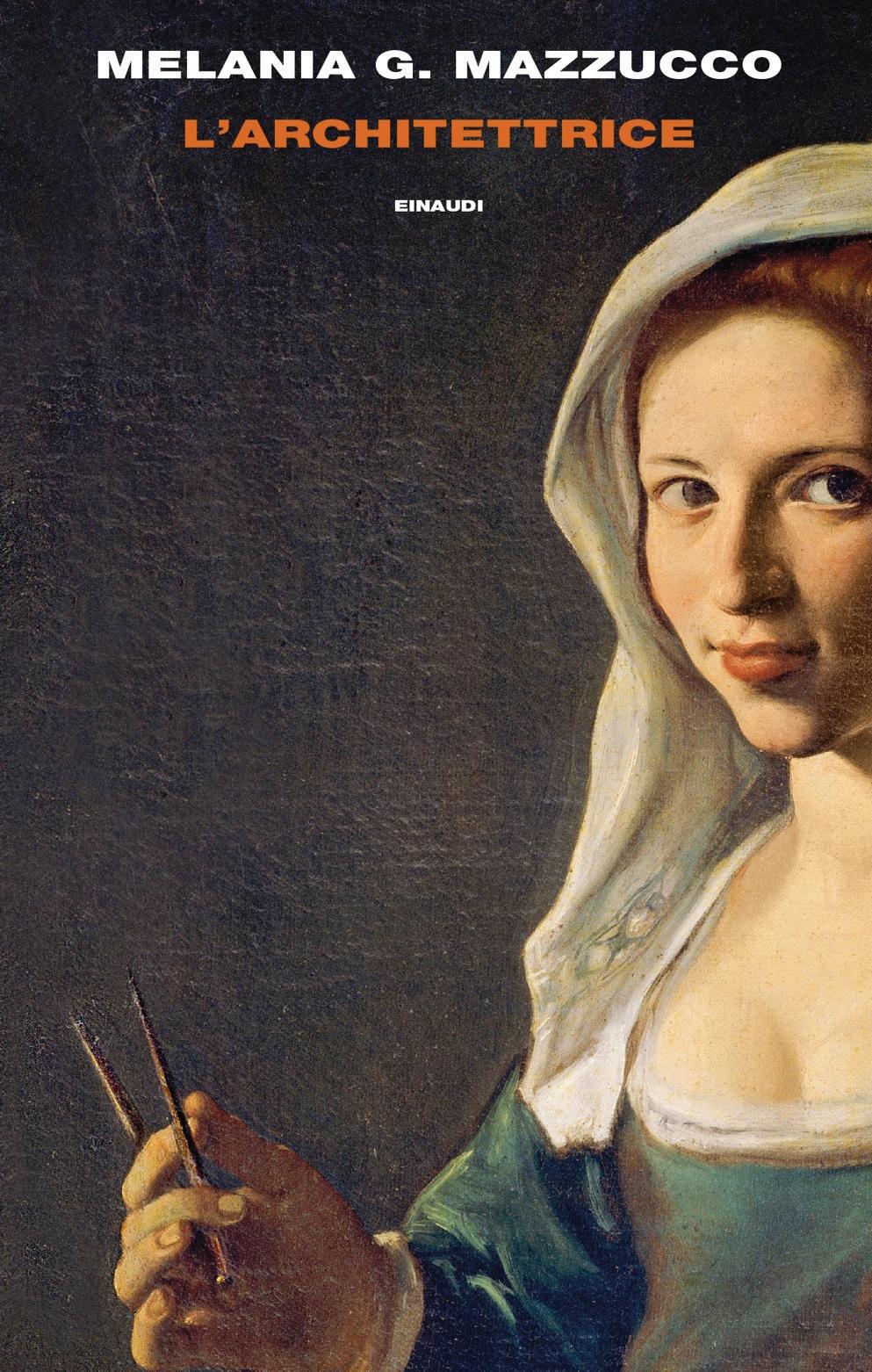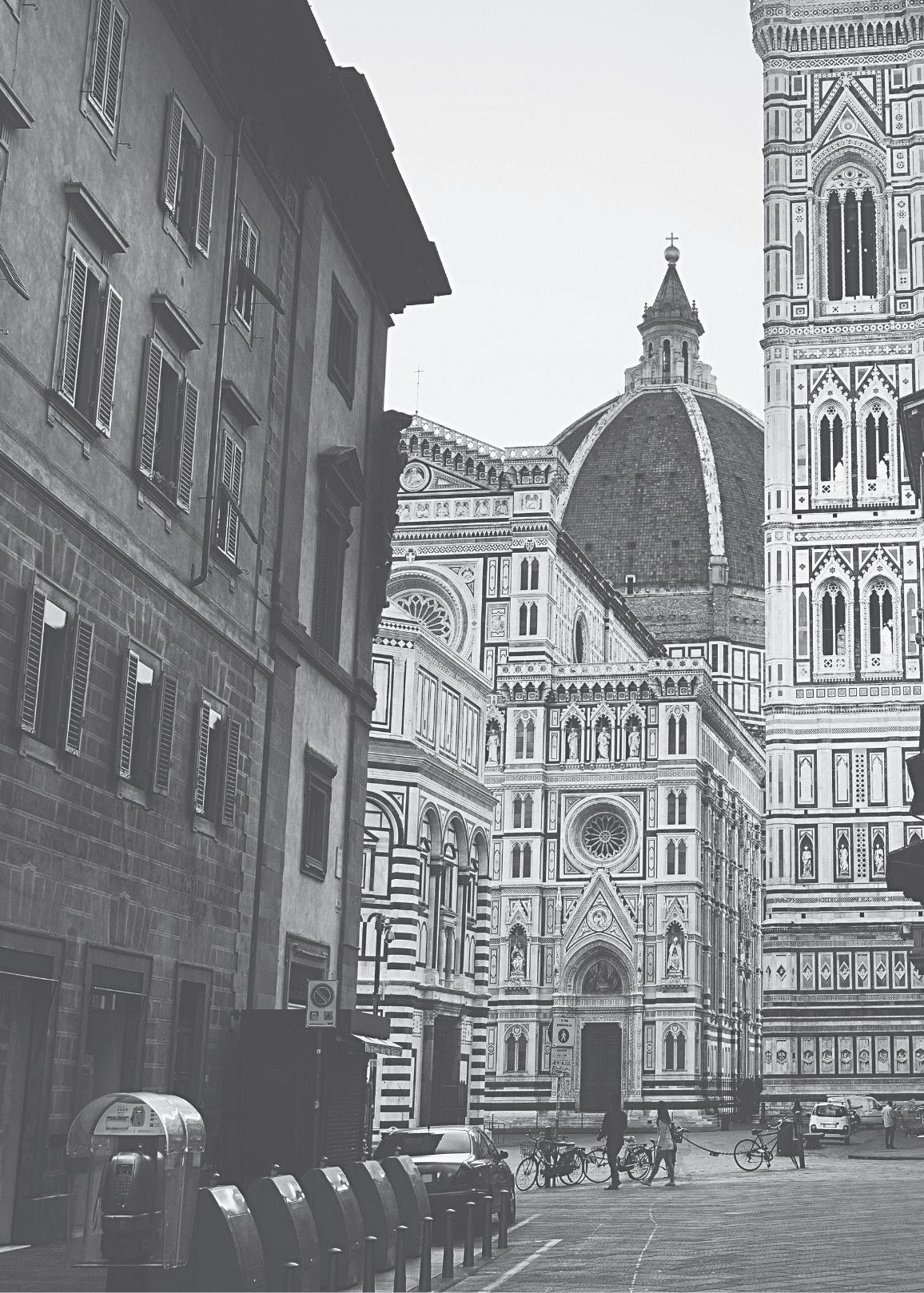
20 minute read
The Ghostly Steps
The Mystery of Gianfranco Cuccuini
by Gabriel Arata
Advertisement
TRUE CRIME
Gianfranco Cuccuini is a retired printmaker working casually at the church bookstore Manuelli in Florence. The shop is a landmark for devotees and men of the cloth, selling religious texts and devotional items. Gianfranco never works on Fridays, but that day, 24th March, 1995, he was asked to fill in. It was early in the morning, drizzling. On the radio, Come Mai by 883 plays. In Sesto Fiorentino, a suburb on the outskirts of Florence, the clock marks 07:30 and Gianfranco, always an early bird, climbs onto his trusty moped. In downtown Florence, the day starts early and Manuelli is a very central Bookstore, beside the Curia, in Via del Proconsolo, right behind the Duomo. The cafes are filling with workers and students for their daily caffeine fix. The Arno river flows peacefully. Flocks of tourists swarm undisturbed. At 07:20 the doorwoman opens the front door of the Curia. At around 07:45, five construction workers arrive to fix the sewage system. The last worker to arrive on site will later state that at 07:50 sharp the bookstore’s shutter was already rolled up, and of this he is certain. He vividly recalls adjusting his hat in the window’s reflection. Between 08:20 and 08:30, Gianfranco is spotted by the owner of the copyshop across the street as he sweeps. He waves at him, but Gianfranco does not reciprocate, a reaction completely out of character. At 08:30, a woman paces in front of the Curia, waiting impatiently for someone. Something catches her eye. She doesn't know who Gianfranco is, but notices two people walking towards his bookstore. From the description she released to the police, one of the two is Gianfranco himself. She describes the other person as tall, and lean with long hair and outdated clothing, but she is not able to identify as a woman or man. That is the last certain moment in which Gianfranco is still undoubtedly alive. Between 8:40am and 8:45am, Don Boffici, after having unsuccessfully knocked three times at the backdoor, decides to walk in from the front door. Strangely, the light is off. He walks in slowly. He can't explain why, but he is unable to call out Gianfranco’s name. Then he sees a foot sticking out behind the counter. Terrified, Don Boffici tries to scream, but barely a breath comes out. He has a horrifying feeling of not being alone. Don Boffici tears out the front
26
door, closing it behind him. He reaches out to Don Giuseppe, his direct superior. They go back into the store and find the body. It's Gianfranco’s. What the police and the forensic will find is baffling. The shop is in unnatural order. The body, still lukewarm, lies in a large pool of blood. There are 15 stab wounds. Whoever stabbed him is no longer in the store, yet, not a single footprint, not a single drop of blood along the only path towards the only accessible exit. The murder weapon will never be found and moreover, the murderer, who must have been covered in blood, apparently manages to get out through the front door, mingling with the crowd and literally vanishing into thin air, still in possession of the murder weapon. Only the woman seen walking back and forth nervously in the proximity was questioned by the police. Searching her purse they find a piece of evidence. An umbrella with a fresh droplet of blood on it. But suspicions lead nowhere. The blood does not belong to the victim. Meanwhile, detectives are studying the crime scene. The only disharmonious note in such a perfect and clean scene is a bunch of keys next to the victim. The money is still accounted for, there is no sign of struggle. A lightweight chair is sitting right on the pool of blood, seemingly never moved. The only explanation is that the killer was sitting on that chair while executing the crime... Maybe Gianfranco kneeled down to pick up the keys and the killer attacked him, stabbing him in the back from above, most likely with a paper knife, 27 times. To deepen the mystery further, the police find a diary next to the till. It is open on a page where there is handwritten transcription in an unidentified ancient language. Uma harum uma. Could the phrase have roots in Latin? The translation would be The shadow of these shadows. All sorts of leads are followed, including the involvement of satanic cults, and the antique black market but even those leads are a dead end. Will we ever know what really happened in that well-known bookstore in downtown Florence, in broad daylight on a typical March morning? It could very much be a tale by Edgar Allan Poe, a tale yet to be written, in which the mysterious killer is none other than a ghost. Will we ever shed light on this mystery?
27
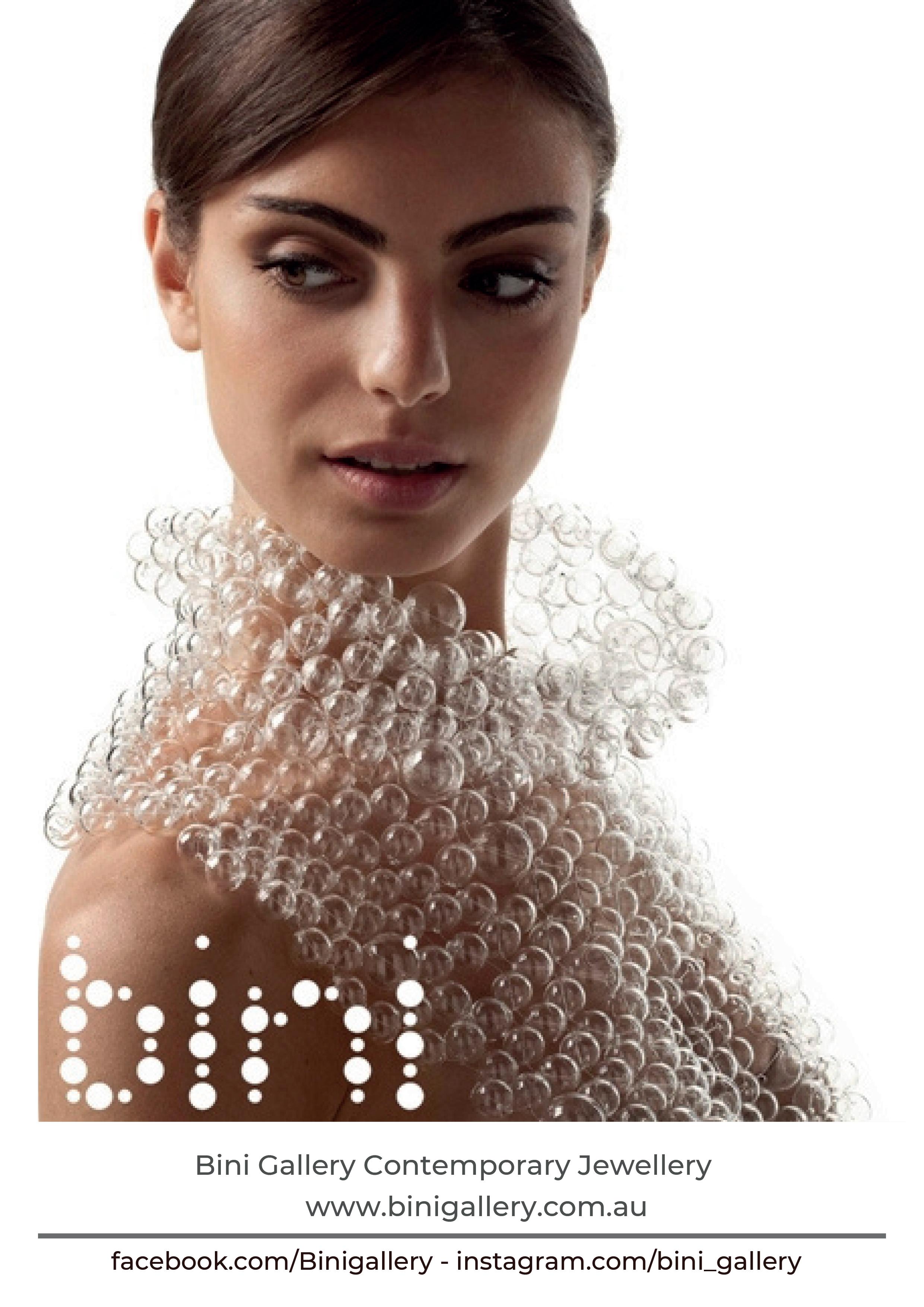
Gucci climbs the ladder of success
by Federica Mancusi

GUCCI Black Distressed Tights Over the years I have carried emergency hairspray and clear nail polish in my bag. Why? To fix my tights in case they ripped. It was a real nightmare, I even got to the point of wearing nude tights instead of the dark ones, so that any breakage would be less noticeable.
This coming autumn and winter though, I can leave the hairspray and nail polish at home. I am confident I won't feel ashamed if my tights are ripped. Because that ladder in my tights will be something stylish and on trend, after the famous Italian brand Gucci turned a pair of laddered tights into a statement piece in the maison's most recent collection. These Gucci tights are torn in more than one spot. And they sell for just under $300 and have already completely sold out everywhere!
Alessandro Michele, creative director of Gucci since 2015, has been responsible for getting the public used to the fashion brand’s unconventional designs and concepts. Ads for Gucci Beauty have featured the model and singer Dani Miller proudly showing an imperfect smile. Michele has repeatedly veered from traditional beauty standards by bringing the unusual looking model Armine Harutyunyan to the catwalks, immediately sparking a nation-wide debate in Italy on feminism, modelling and body-shaming. He also emblazoned the words “Fake” and “Not” in yellow on either side of shoes, outerwear, scarves and other accessories, to mock the counterfeit culture the brand was becoming a victim of. To be objective, this time the designer has not invented anything original (if we think about what Alexander and Wang Heidi Slimane, to mention one example, did on runways in 2008 and 2015), but what is original are the ways in which Gucci continuously, without a doubt, attracts people’s attentions, their opinions and judgments, and gets everyone talking about the brand - and often without the need to advertise. Nowadays Gucci’s mission seems aimed at impressing or shocking the public, and that is the reason for such brave choices. Of course the more traditional, classic items can still always be found in a Gucci store, so that any customer can find a garment or accessory suitable to their taste. The shock of the new and the comfort of tradition - both are keys to the success of this Italian brand.
GUCCI Men's “Fake/Not” print Ace sneaker
29
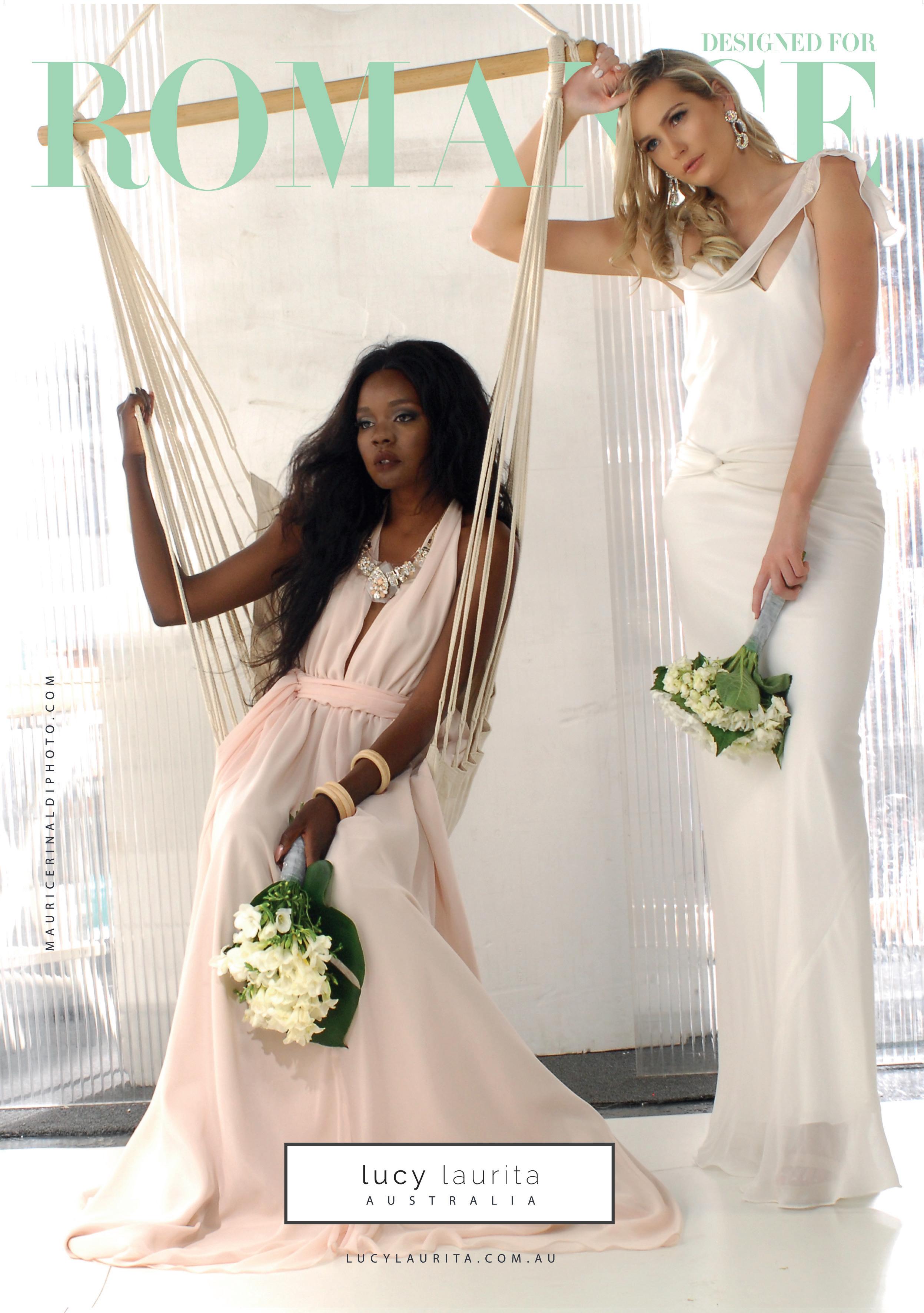
LUCY LAURITA
on Fashion, Sustainability and Mental Health
by Federica Mancusi | Photography by Maurice Rinaldi
Tell me about your label Lucy Laurita «Lucy Laurita the brand is a constantly evolving project, an achievement resulting from experiences. The aim of my collections is to be there at a special occasion or event of someone's life. To be a part of someone else's journey. To help create their story. My design aesthetic has always been simple, classic, comfortable event wear that makes a statement. Feminine, flowy styles to suit all shapes. Actually, Lucy Laurita is the result of a rebranding. In 2005 Leièla was launched. The name is composed of three Italian words, lei è là, which translates as “she is there”. This name was significant to my style, I was very proud of it, and I still am. The fact is, for a long time I never imagined using my personal name as a label.»
But then Leiela became Lucy
Laurita? «In 2016 I did a major and intense mentoring program with Henry Weinreich, after meeting him at a function the previous year. His mentorship led me to understand many things, break down a lot of barriers and, eventually, to my rebrand in 2017. Rebranding was also a way for me to let go a lot of negative things. Henry pushed me hard and this is exactly what I needed. We both look back on that time as an incredible experience. The main idea I learnt from him is that “We are the sum total of our experiences.”»
Does your passion to create run in
the family? «My mum was a highly skilled dressmaker in Viggiano, Italy. She was trained by another dressmaker. As I grew up I was dressed up in her creations, she was always busy making outfits for us and for her friends, which on the one hand would motivate me, but on the other hand upset me as a child, because I wanted her to teach me, but she did not want to. At the start I didn't receive much support from her. It was only after I finished studying at Melbourne Institute of Textiles (taken over by RMIT), that she started to really supporting me, and this led me to graduate from the Associate Diploma of Fashion Design & Production (she suggested that if I really wanted to be a fashion designer, I had to do it properly). Eventually she was very proud of me, and she helped me manage my family and career.»
What do you think of the latest
trends in Italian fashion? «I don't follow anything 100%. People assume that being a fashion designer means I

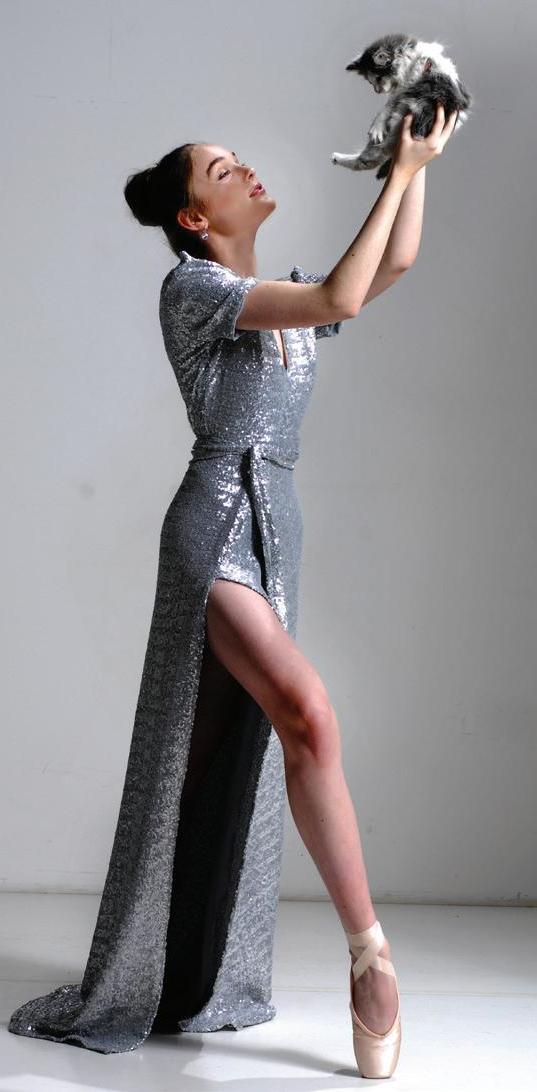
Eryn Saunders
31
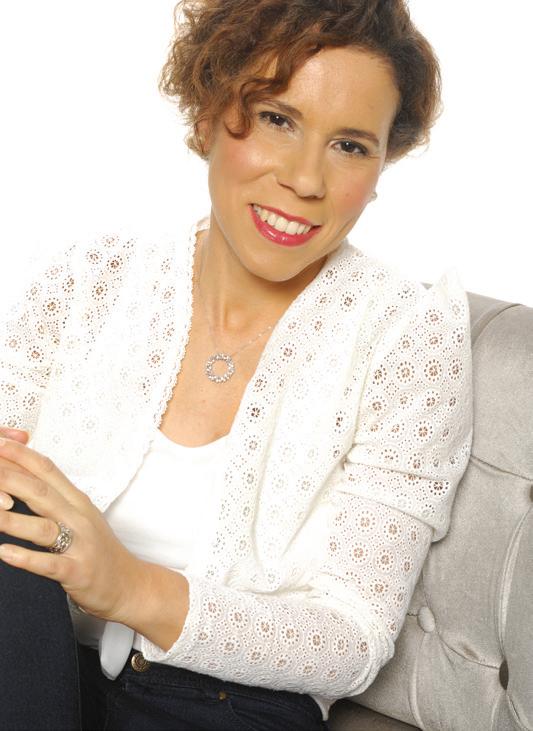
Lucy Laurita
am following a particular trend, when I don't. What I like about fashion globally is that now there is more freedom of accepting and showing ourselves and expressing our personality.»
Who inspired you the most
throughout your career? «I have always admired Anna Molinari, and Bluemarine, of course. I love that style because it is soft and feminine, without being overdone. That simple classic look which is never pretentious or intimidating, something every woman can wear.»
What are the biggest challenges of being a woman and a fashion
designer? «In my opinion, women feel deeper, we think a lot more, we have to take a lot more into consideration. So everything is a continuous challenge, and now I have finally accepted that this will be a lifelong challenge. I also stopped constantly trying to make a decision about being either this or that and have accepted that I will constantly be growing into myself, and this is okay.»
What are some elements which are never missing in your collections?
«Comfort, my styles suit all shapes without restrictions. And timelessness, to this day I still sell designs from my very first collection, that is what I mean by classic.
How do you see fashion after
COVID-19? «I hope there is going to be a lot more conversation about sustainability. It is a movement we have to embrace as a society, it needs to be a cultural movement, and this is going to take a long time. We surely have to shift our behaviour as far as fashion is concerned, but sometimes it is not the consumer to blame. It’s the fact is that there is too much disposable fashion on offer. Another thing I see as a post COVID-19 trend is that we are becoming more appreciative of art, in all its aspects. The ways of communicating fashion have changed too as a result of the pandemic. All we did in the past may be irrelevant now. Some advice to an emerging fashion designer: believe in the importance of connection and don’t get fixated on becoming a big name overnight. That is just an illusion. Being a fashion designer is hard work. Always get support, get a mentor. And, last but not least, set your purpose.» What's your next step? «I am working on a few projects, which I am really excited about. First of all, I am currently showcasing a new collection. I am also creating a Little Book Of Perfection, where beautiful pictures of women accompany quotes and remind us that we are important and valuable. It is a little way to re-train our mind to positive thoughts. Mental health is always a priority. I will also be part of a television show, Adventure All Stars, supporting Project Karma in the battle against the exploitation of children. I have been able to focus on topics of relevance moving forward, investing my time and energy gaining knowledge on social issues such as child exploitation and Mental Health (I am a Multicultural Ambassador for Mental Health Foundation Australia). Our community is what really matters. Finally, I am planning a trip to Italy next year. I understand how lucky I am having an Italian background. I am never static, I will be forever evolving.»
32

tommaso SPINZI

The Art of Living Well
by Martina Badiali
34 SECTION
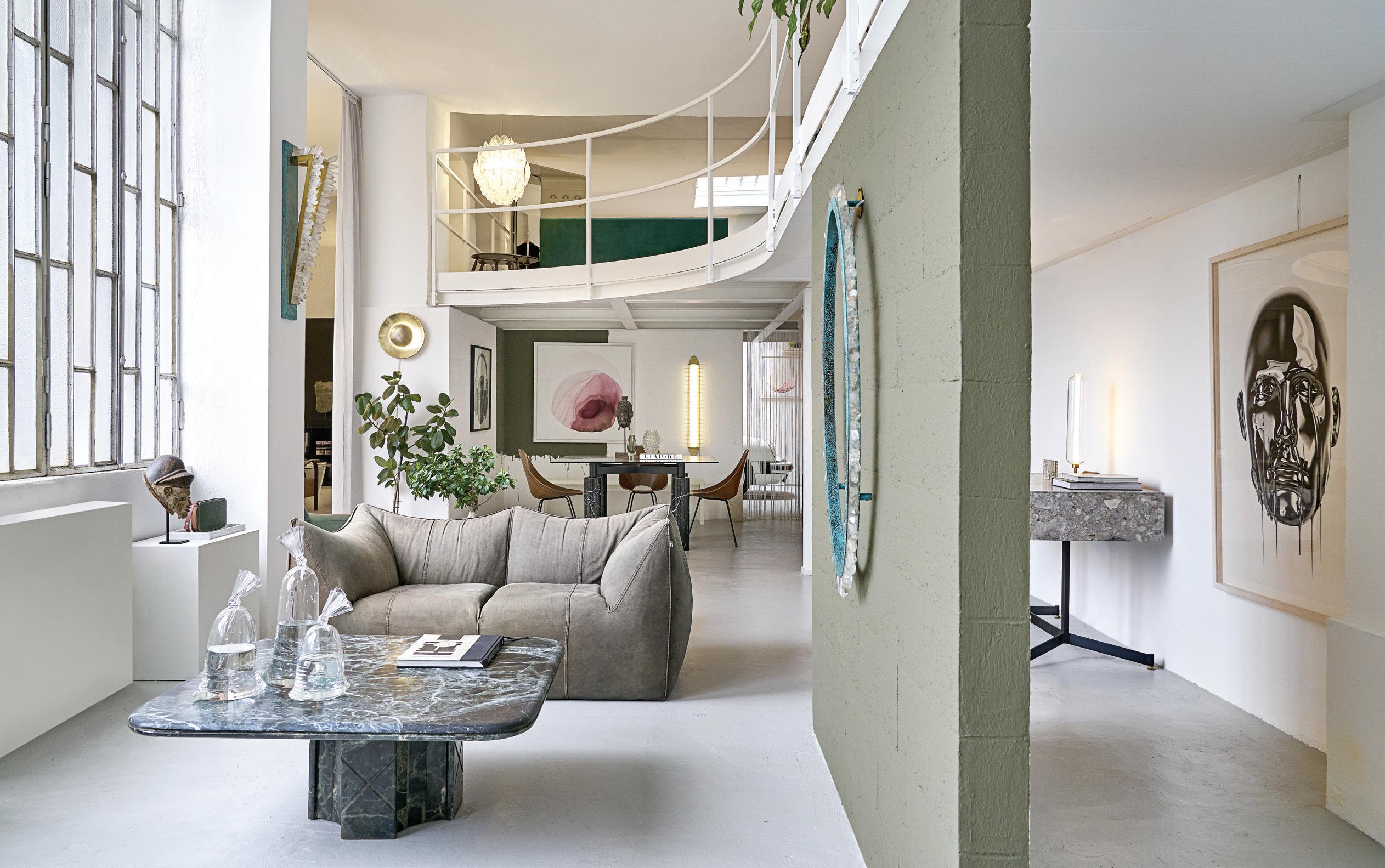
Itelephoned Tommaso Spinzi on a rainy day in December 2020. I would have liked to have visited him in his studio-showroom in Affori and personally meet this flâneur of the 2020s, a person who has made good taste and the “art of living well” a human and professional manifesto. Unfortunately, the pandemic held me back, so we had a long chat on the phone. I was immediately conquered by the words with which he defined “his” Affori (a suburb of Milan), which he says, «will be the new Isola (one of the trendiest suburbs in Milan)». «It’s the home of Bosco Verticale and has undergone profound redevelopment in recent years. [Affori] is buzzing, it gives you a true sense of country, also of safety. And the architectural style, made up of small villas… I love it.» Tommaso is an Italian designer originally from Lake Como, the enchanting landscapes of which have certainly influenced his style. He lived and worked for years in Australia and the USA before returning to his homeland, where he divides his time between Lake Como and Milan. His work involves but is not limited to interior design. His creative and curious personality, his unique way of looking at the world and his refined sense of aesthetics allow him to cross over into collaborations with public and private initiatives - for example, the Milano Music Week, and the design of tourism offices in St. Moritz. He also provides design services to private clients among whom I was able to guess prominent personalities of the city, but whose names he wanted to keep confidential. This service is not limited to the organisation of the spaces in a house and the objects that inhabit those spaces, but involves reinventing everything around the individual’s or the family’s lifestyle. Speaking of his path, Tommaso says,
35
«What should have been just a yearlong sabbatical in Melbourne, Australia, turned into eight years full of experiences and encounters with people with whom I am still in contact. For me the link with Australia has not been interrupted, I will always return to Australia every year (pandemic permitting), and although I am now in Milan, I still have customers in Australia. But I decided to come back to my origins, to my food, to my land. In Italy we have a unique lifestyle, because we are at the centre of the world. We can travel from one country to another in a very short time, we have cultural contamination and different energies and this conditions our approach to life and style.» This hybrid dimension, between Italy and Australia, is reflected in his work, which he lives in a completely personal way with respect to colleagues and professionals who offer similar services. «I have a slightly different approach from that of other interior designers and architects. During my eight years spent in Melbourne, I learned a lot about lifestyle, how to live life well, not only in terms of the private space of the house, but also in terms of time for oneself and one's passions. For example, in Melbourne, I would accompany the client to express their personality and style to the fullest in every aspect, for example, choosing their car, buying clothes, or accessories to go to the races. It was a 360° job to show the identity of the person.» With his return to Italy, he was faced with different projects and challenges. The first assignment entrusted to him was the restyling of a 5-star hotel in the Galleria Vittorio Emanuele, the Salotto Buono of Milan, a glittering succession of high-fashion designer windows, star-rated restaurants and historic shops. «I furnished 50 rooms, all different, involving 90 artists, and eclectically mixing a mid-century style with key pieces that have made Italian design famous around the world.» Speaking instead of his work with the Milanese clientele, he says, «the premise is that those who come to me already want something sophisticated. People do not necessarily come to me with needs, problems to be solved, but are instead interested in my vision of things, my aesthetic, attracted by a workflow that has to do with design, but also with art and crafts. I wanted to set up my work a little differently from the classic interior designer who works in Milan, who generally renovates apartments from A to Z, working a lot on their own identity rather than on that of the client. I focus much more on the stylistic code and identity, studying the client's lifestyle. For me it is important to understand the approach to life of those who will inhabit the space when I go to design an interior. That approach is what I try to reflect in the final result.» The personality of an individual or a family is really the essence of Tommaso's work, and it shows in the objects, colours, and furnishings, but more importantly, in the combination of all these elements, the concept of an office or a lifestyle. Speaking of how the pandemic has affected the lives of his customers, he says, «the natural consequence of spending more time inside is much more research and greater attention to interior spaces. And the way of planning spaces has also
36 FASHION & DESIGN
changed, it is much more transversal. For example the kitchen also becomes an area that has office characteristics, because people work from home now.» When I ask him if he thinks that there is a tendency in Italy to leave the historic centres in favour of the greener suburbs, his opinion is completely affirmative. «Without a doubt, I chose Affori precisely because it offers the perfect lifestyle for me. Halfway between Brianza where my furniture is made, and a few Metro stops from my Milan office. I find a superior quality of life here than in the centre, where I don't know where to park, where loading / unloading is complicated. [Affori] offers a better quality of life for me. At the moment the centre of Milan is deserted. There are only walls and closed shops. It’s much sadder than going out in a suburb like Affori, where you can have contact with nature in the large surrounding public parks. There is almost a rush to experience the suburbs. I also saw this in Melbourne, where for example there is a place like Brunswick, which, despite being a few kilometres from the centre has a very defined identity. All the suburbs of Melbourne have their own different identity. In my opinion the only neighbourhoods in Milan that have defined themselves in this sense are Isola and only recently NoLo.» Our conversation goes on, talking about Milan and Melbourne, about our projects, about design, the home and lifestyle. As we are about to hang up, Tommaso leaves me with a statement that is truly the manifesto of this designer-artist, «Italy is known all over the world for beauty, so we must bring out the beauty in all things.»
37

SHINING LIGHT ON UPCYCLED DESIGN
by Hayley J. Egan | Photography by Philip Greenwood
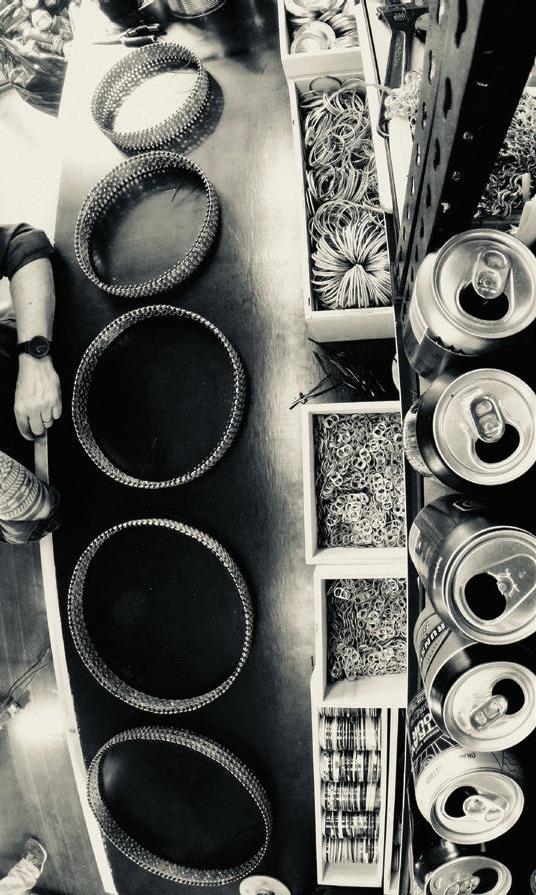
Melbourne Design Week, delivered by the National Gallery of Victoria, will this year include in its programme the work of Sicilian-born designer Massimo Corsini. His exhibition “Aluminate” (sponsored by Segmento, Nixora and NOMIT) will open at Museo Italiano on the 26th March. In Australia since 2015, Corsini, who studied at the academy of Fine Arts in Milan, is making a shimmering impression on the Australian design scene. «Art and design play a very important role in my life», says Corsini. «For this reason, I have always followed these two disciplines assiduously, keeping upto-date on what is considered new or recent.» From light fixtures to armchairs and installation, Corsini takes upcycling to a new level with his elegant creations that are made entirely from aluminium cans. Each element of the rejected can is separated and takes on a new function in the design piece, which is composed of thousands of hand-carved cans. The idea came to him when a surprise inspection from a landlord pushed him to clean up very quickly. Now, the concept of making something
38
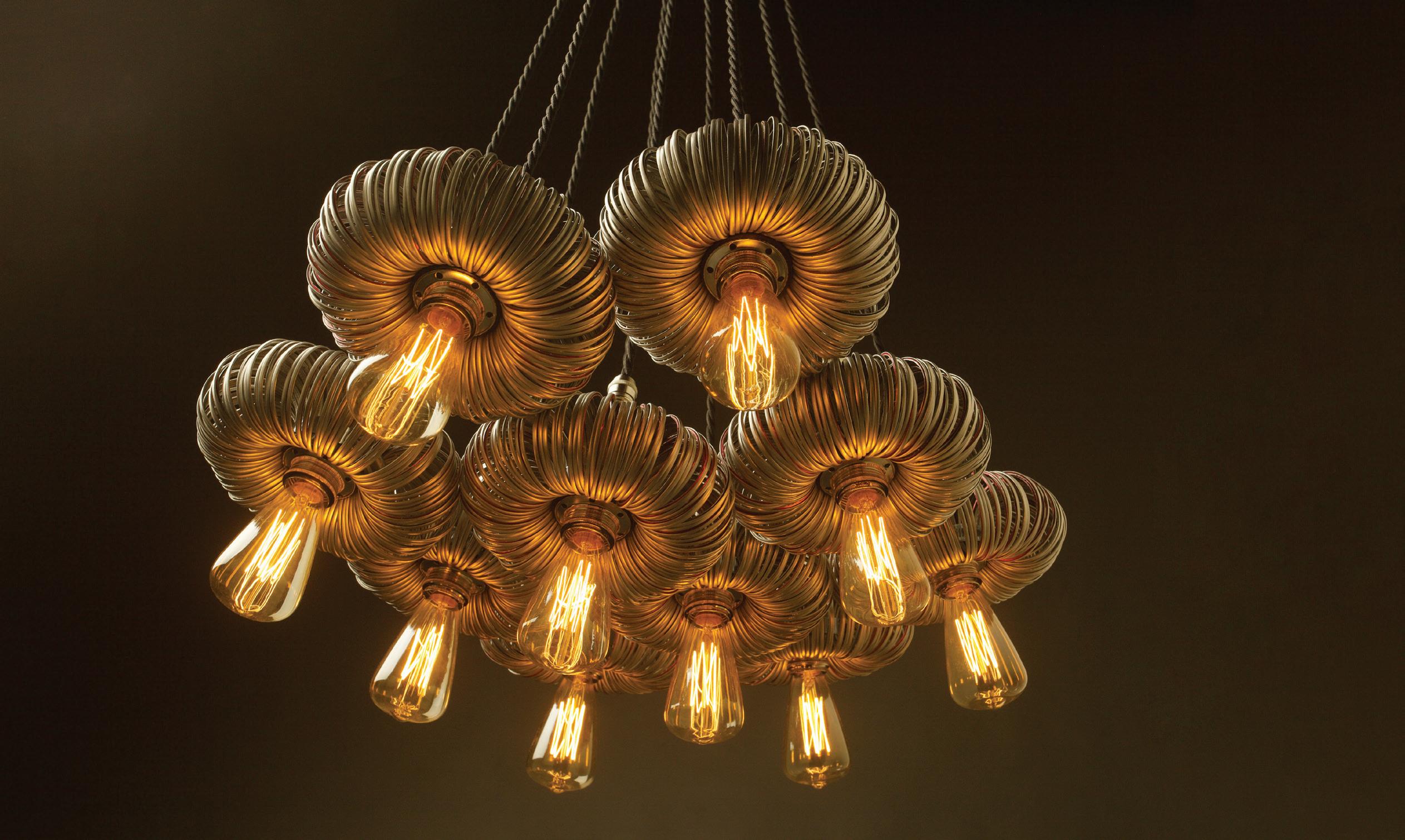
new from waste has become central to his work, which explores environmental impact and the perceived social value of a discarded object. «Upcycling is a process of reinvention and transformation applied to a post-consumer or waste material,» he explains. «This process therefore gives the waste a new life, drawing benefits for us and the environment that surrounds us.» In the context of climate change and the waste crisis, Corsini’s work imparts this increasingly poignant ecological message while simultaneously taking the viewer to a sparkling, magical place. «I would place my personal project at a central point between art and design. Art, as my work is the expression of a sort of social revenge on behalf of the world we live in, unfortunately still burdened by infinite ecological problems. At the same time, my style, forms and creative processes are embedded within a rigorous design study and method. My intention is to bring a clear message of change through a post-consumer material that has become an aesthetically plausible and functional object.» That the works are created in defence of the entire world is clear. The pieces evoke neither “Italianness” nor “Australianness”, but are cutting edge and distinctly global. Of his experience living and creating in both Italy and Australia, Corsini speaks positively. «Italy has a rich and vast history of design and art and throughout my studies I was exposed to this. In Italy, there is a sense of tradition and respect for the masterpieces created centuries ago. They still influence our emotions, ideas and creations. On the other hand, Australia is open to all existing artistic forms, with a special eye on contemporary approaches. In fact, in the field of art and design, Australia is really growing, as shown by the countless large design events and art fairs. Naturally, Melbourne and Sydney are the two main centres of experimentation and action.»
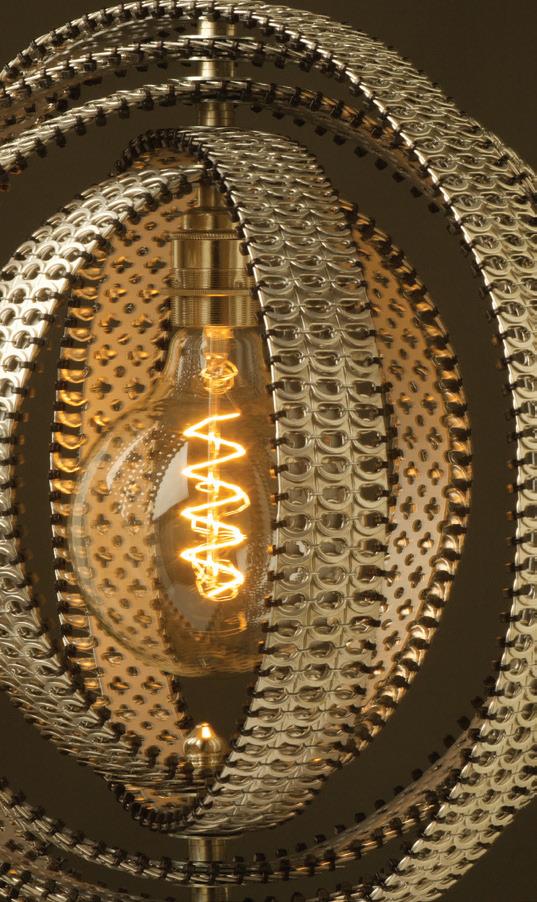
39
Melbourne Design Week will run from 26 March to 5 April 2021. Massimo Corsini’s exhibition “Aluminate” is at Museo Italiano - 199 Faraday St, Melbourne - from 26 40 SECTION March to 23 May 2021.
